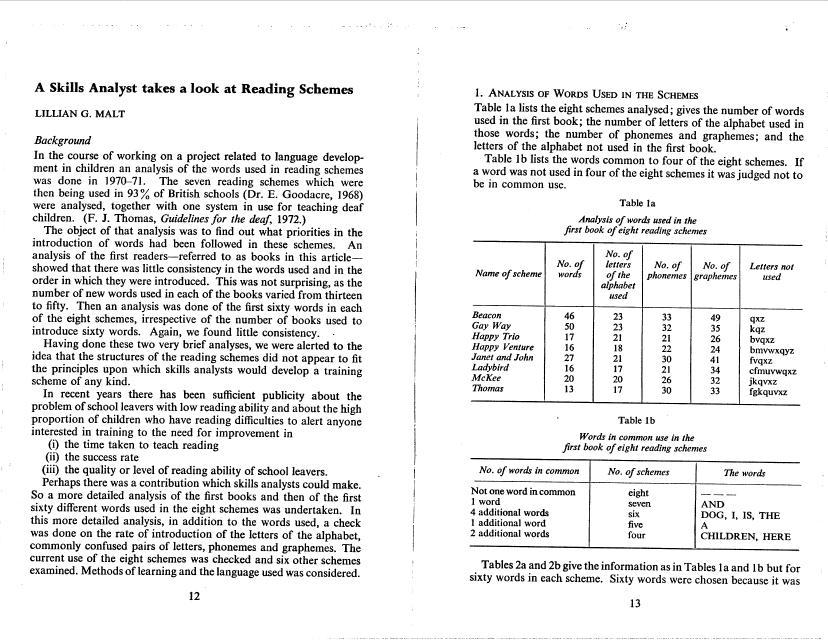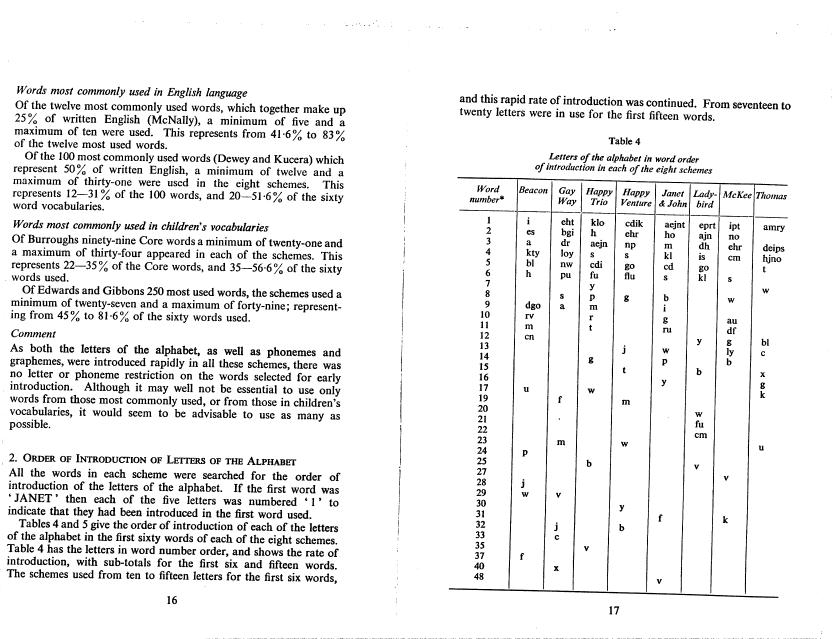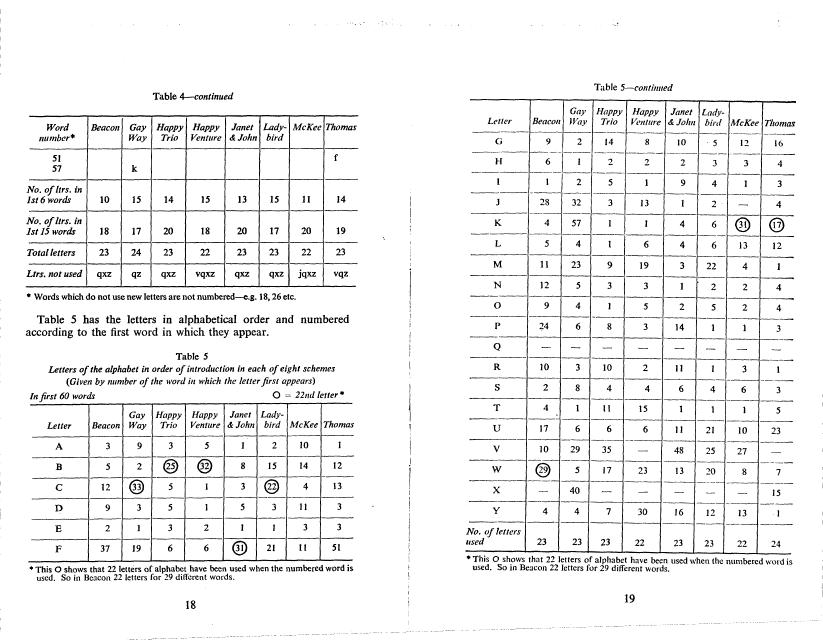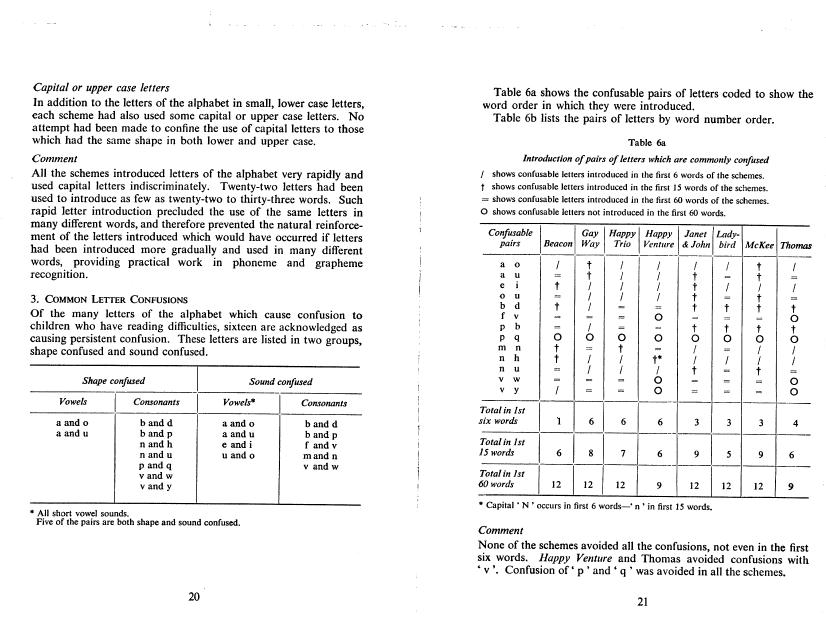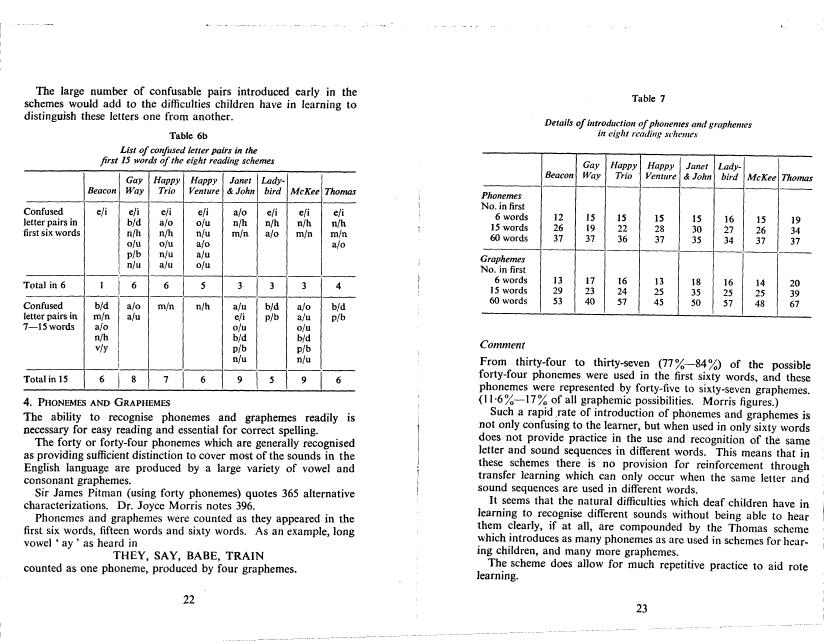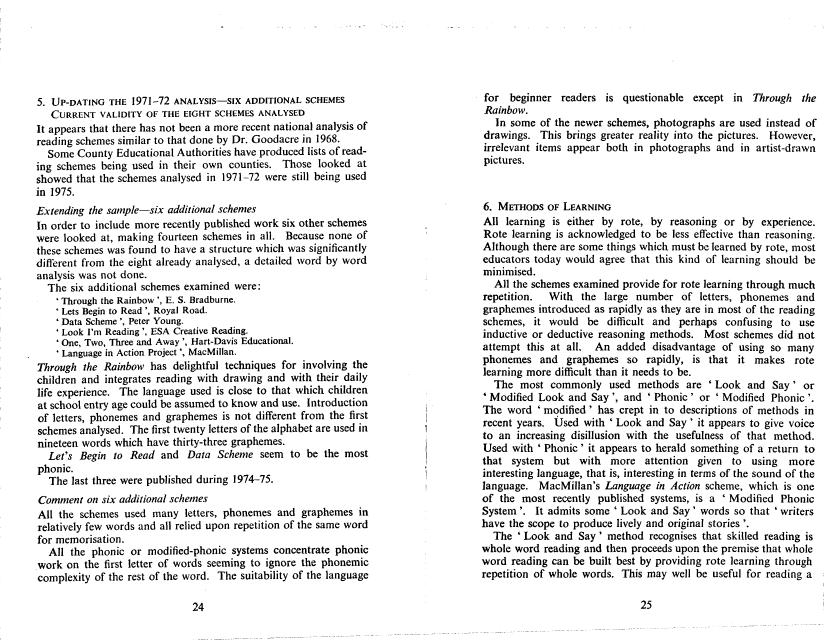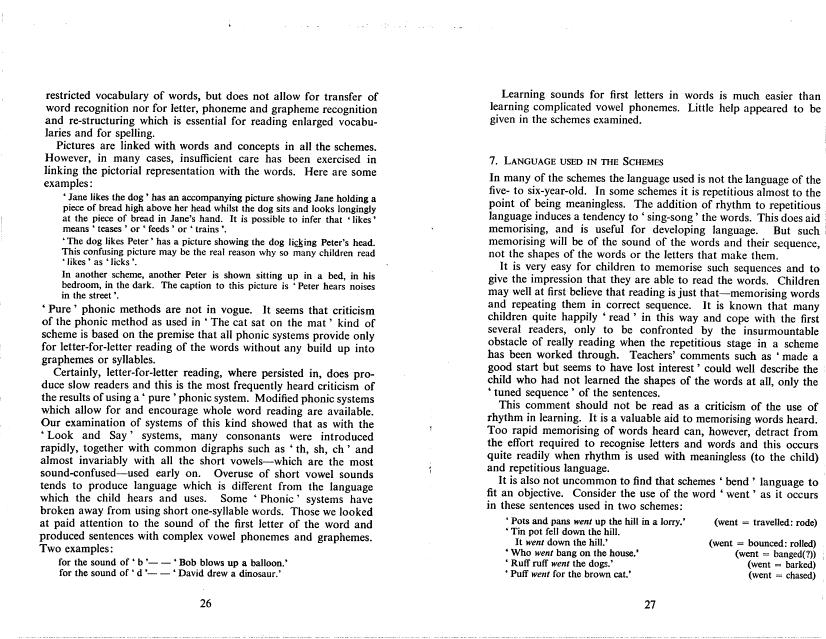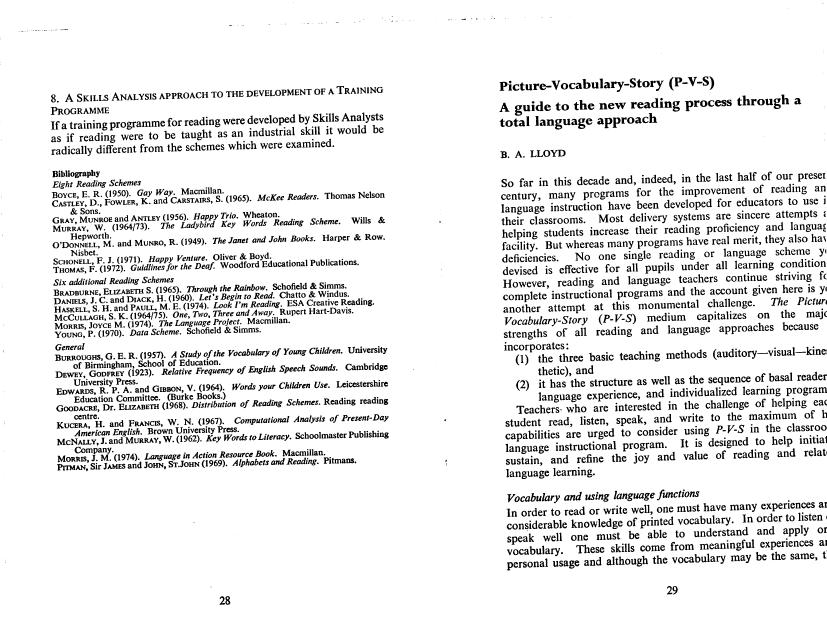
Category: Education
Teaching the World to Read
by Richard R. Tryon
This chapter includes the reproduction of a 1977 study published by Lillian Malt of Surrey, England in which she shows how a skills analyst had to determine the correct way to determine which letters and sounds need to be introduced in what order and why. She also invented the How!
We reproduce her early writing on this subject as evidence to all to study and learn.Of course, we regard the material as copyrighted and not available for reproduction or use in competitive schemes to teach reading. All such rights are reserved to Lillian Malt and to TelePrint Systems, Inc.
